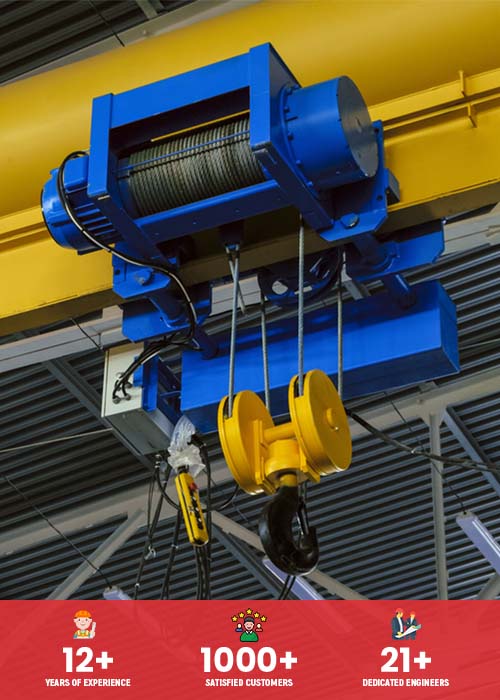How To Store And Handle Wire Ropes

There is a simple rule; everything will last longer if proper care is taken. Everything in the home or at workplace needs to be used appropriately and handled with care to increase its lifetime. The same implies with rope hoists too. Electric wire rope hoist manufacturers give you some tips on how to store and handle wire ropes to keep them in good condition for a longer time.
Handling of wire ropes
Kinking and springing of cords are very difficult to remove, and the worst thing is it affects the rope life adversely. Proper handling and coiling of cable are necessary to make it ready to be used efficiently and keep it working fine. For the ropes that come on the reel, mount it on the shaft, and you can easily do your job as the reel rotates. Turntables must be used for larger coils to use and cover them back efficiently.
Kinks and how to deal with them
Kink is the most common and one of the most irritating things with wires. It is very easy to come but doesn’t go smoothly. Sometimes, a loop of rope is formed while coiling and as soon as the string is stretched from either ends tightly, the loop tightens and turns into a kink. However, once created, kinks are not easy to remove, but turning the rope to opposite direction can help.
Inspecting the wire ropes in use
To find broken, corrode, and weak quality ropes, inspection is necessary. Things like reduction in wire diameter should be thoroughly investigated to determine the cause. This usually happens due to excessive wear of outside wires. The number and distribution of broken ropes should also be taken into account. Lack of lubrication can also cause corrosion of inside worse which should also be checked.
How to take care of ropes
- To avoid deterioration, don’t store the rope in open or damp place.
- Handle the wire properly while uncoiling and unfeeling to prevent kinks.
- Cutting the ropes before they are sized can lead to loosening of lays.
- Use ropes that are suitable according to the size of your pulleys and drums.
- Avoid overloading and sudden jerks. Always keep in mind the safe working load for your ropes as it can also affect your equipment.
- Timely lubrication of ropes is necessary.
- The condition of pulleys, drums, rollers, and sheaves must also be maintained well to keep the ropes in better condition.
What’s the perfect time to change the rope
The rope must be replaced when:
- When within one lay, the number of broken is more than 10% of the number of outer wires.
- When outerwear of wire is greater than one third of diameter.
- When the loss in the metallic area exceeds 10%.
- When the loss in the strength of wire exceeds 1/6th of the total strength of a new piece.
- When you notice enough preening and loosening of wires due to corrosion and drying.
- When deformation or distortion of words occur, and the affected part can’t be removed by cutting.




